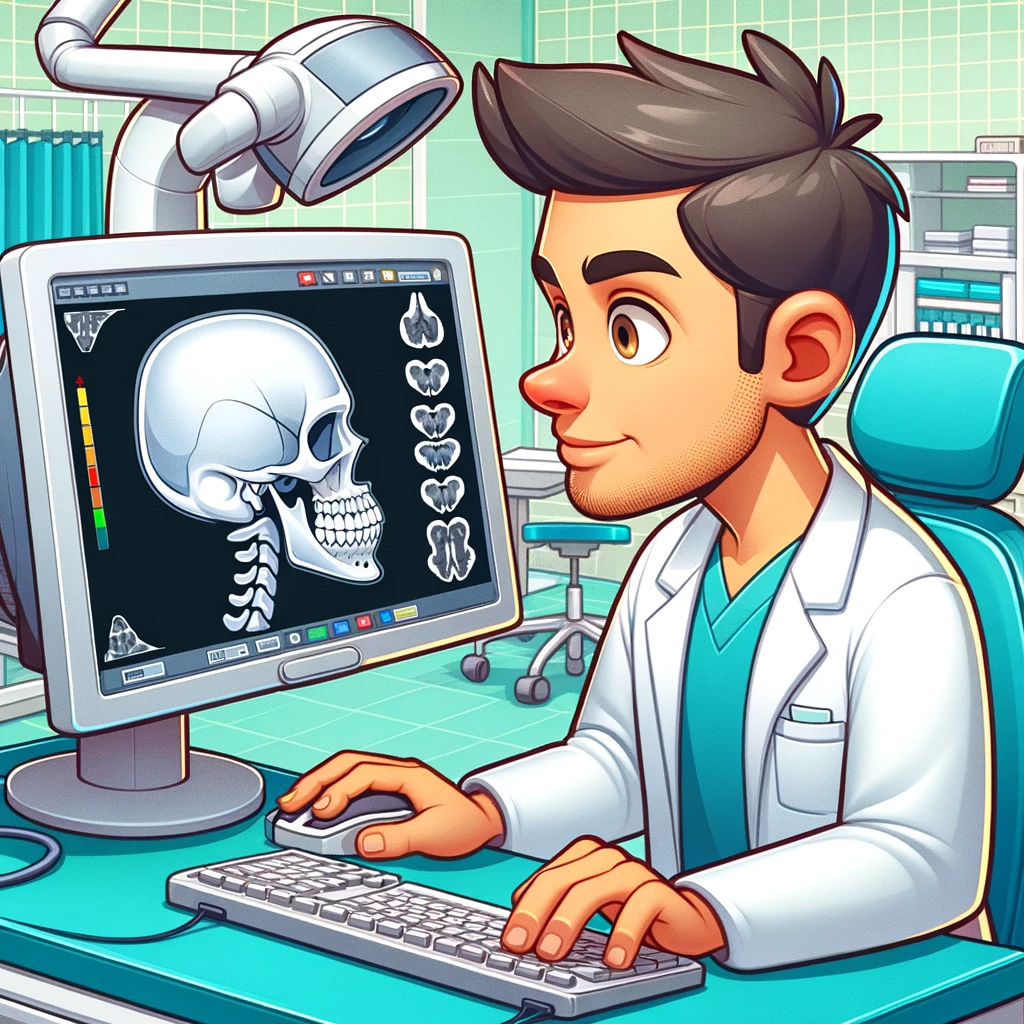Elevating Oral and Maxillofacial Surgery with Large FOV CBCT, A Game-Changer for Oral Surgeons
This article highlights the transformative impact of large Field of View (FOV) Cone Beam Computed Tomography (CBCT) in Oral and Maxillofacial Surgery (OMS). It delves into the numerous advantages this technology brings to Oral Surgeons.
Oral and Maxillofacial Surgery (OMS) demands precision, comprehensive understanding, and meticulous planning. The integration of large Field of View (FOV) Cone Beam Computed Tomography (CBCT) into the OMS practice has revolutionized the field, offering unparalleled insights into the complex anatomy of the facial region. This article explores the multifaceted benefits of large FOV CBCT, underscoring its transformative impact on the work of Oral Surgeons.
Enhanced Diagnostic Accuracy:
For an Oral Surgeon, accurate diagnosis is the cornerstone of effective treatment. Large FOV CBCT provides a panoramic view of the oral and maxillofacial region, enabling Oral Surgeons to diagnose complex conditions involving multiple teeth, the jawbone, sinuses, and the temporomandibular joint. This comprehensive imaging surpasses traditional radiographs in clarity and scope, allowing for more accurate diagnoses and better-informed treatment decisions.
Precision in Surgical Planning:
In oral surgery, every millimeter counts. Large FOV CBCT offers detailed 3D images, crucial for planning intricate procedures such as dental implants, jaw correction surgeries, and the extraction of impacted teeth. By clearly visualizing bone density, nerve pathways, and spatial relationships between anatomical structures, Oral Surgeons can plan surgeries with enhanced precision, reducing risks and improving outcomes.
Early Pathology Detection:
Large FOV CBCT is instrumental in the early detection of pathologies, including tumors, cysts, and infections. Its ability to capture detailed images of extensive areas of the oral cavity allows Oral Surgeons to identify potential issues that might go unnoticed in smaller FOVs. Early detection is vital in oral healthcare, often enabling less invasive and more effective treatments.
Comprehensive Trauma Assessment:
In cases of facial trauma, large FOV CBCT is invaluable for Oral Surgeons. It provides a complete picture of the extent of injuries, not just to the teeth but to the surrounding bone structures. This comprehensive assessment is critical for effective treatment planning and reconstruction, ensuring that patients receive the most appropriate and effective care.
Orthodontic Applications:
Oral Surgeons often collaborate closely with orthodontists in treating complex malocclusions and skeletal discrepancies. Large FOV CBCT assists in assessing tooth alignment, jaw relationships, and the position of unerupted teeth. This information is crucial for collaborative treatment planning, leading to more effective and efficient orthodontic and surgical outcomes.
Patient Communication and Education:
Large FOV CBCT images can be a powerful tool for patient education. By visually explaining the diagnosis and treatment plan with clear, detailed images, Oral Surgeons can enhance patient understanding and comfort. This improved communication often leads to increased patient trust and satisfaction.
The advent of large FOV CBCT technology marks a significant advancement in the field of Oral and Maxillofacial Surgery. Its ability to provide detailed, comprehensive views of the oral and maxillofacial region transforms the diagnostic and treatment processes, enabling Oral Surgeons to deliver care with unprecedented precision and efficacy. As this technology continues to evolve, it promises to further refine and enhance the practice of oral and maxillofacial surgery, ensuring optimal outcomes for patients.


